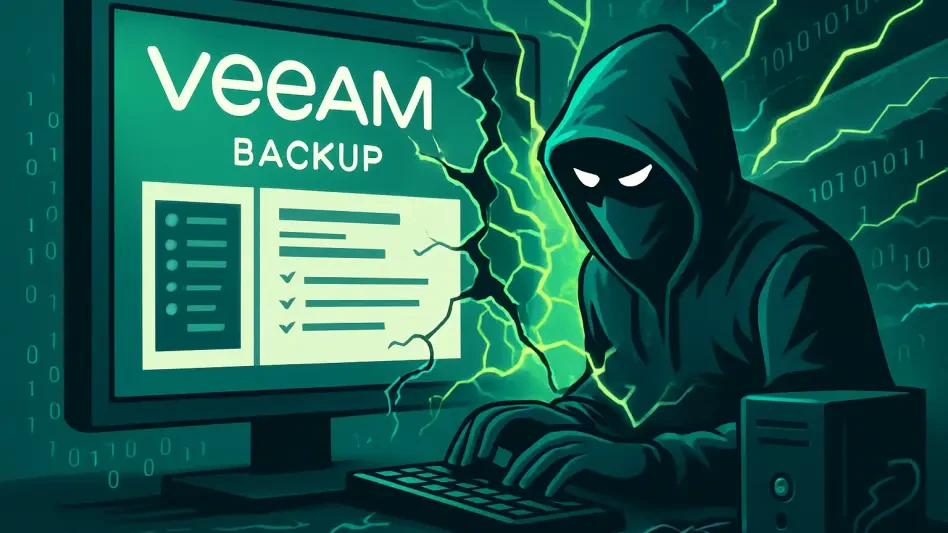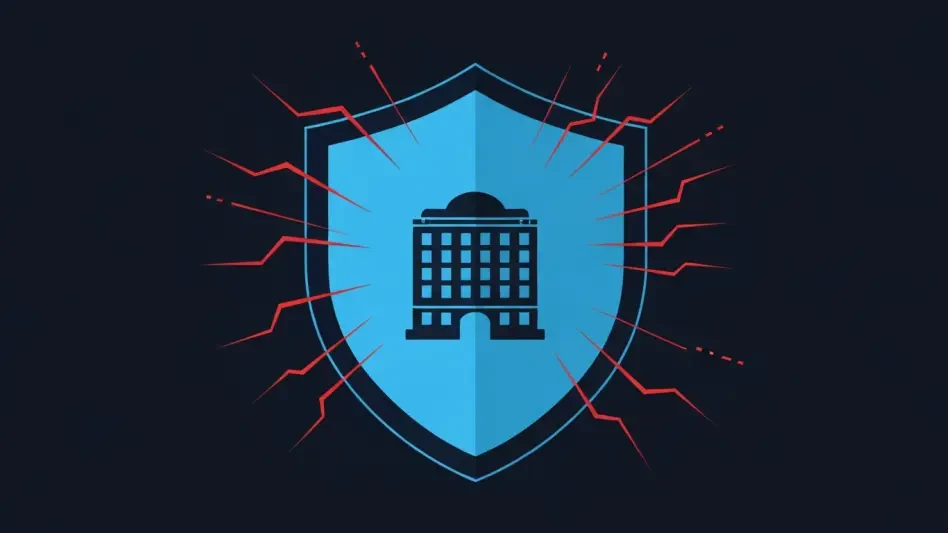Imagine a scenario where the very system designed to protect an organization’s critical data becomes the gateway for a devastating cyberattack, leaving disaster recovery plans in ruins. A recent claim on the dark web has sparked alarm in the cybersecurity community, alleging the availability of a remote code execution (RCE) exploit targeting Veeam Backup & Replication software. This tool, widely used for data protection across countless enterprises, is reportedly vulnerable to a zero-day flaw being peddled by a seller under the alias “SebastianPereiro” for a staggering $7,000. Dubbed a significant threat, this exploit supposedly affects multiple versions of Veeam, including 12.x builds. Without a public proof-of-concept or official acknowledgment from the software provider, organizations are left grappling with uncertainty. The potential for attackers to manipulate or destroy backups, steal sensitive information, or infiltrate broader networks underscores the gravity of this situation and demands immediate attention to safeguard vital infrastructure.
Unpacking the Alleged Vulnerability
The specifics of this purported RCE exploit reveal a chilling risk to backup systems that many organizations depend on for business continuity. According to dark web claims, the vulnerability exploits weaknesses in Veeam’s integration with Active Directory, allowing any valid account within that environment to trigger the flaw. Once activated, malicious actors could execute arbitrary code on the backup server, opening the door to catastrophic consequences. This could mean altering or deleting critical backups, extracting valuable data, or using the compromised server as a launchpad for lateral movement across a network. The high price tag attached to this exploit reflects its perceived value to cybercriminals, particularly those orchestrating ransomware campaigns or data theft operations. As backup systems often hold privileged access to sensitive repositories, they remain prime targets for such attacks. Despite the lack of concrete evidence or an official advisory, the mere possibility of this threat has heightened concerns among security professionals about the integrity of disaster recovery processes.
Proactive Steps to Mitigate Potential Threats
In the face of this unverified yet alarming claim, taking proactive measures to secure Veeam environments becomes paramount for organizations relying on this software. Security teams are urged to verify their current build versions against the reportedly vulnerable range of 12.x, encompassing builds like 12, 12.1, and beyond. Enforcing least-privilege principles for user and service accounts can significantly reduce exposure, as can segregating backup networks to restrict administrative access. Implementing multi-factor authentication and establishing stringent firewall rules around Veeam servers offer additional layers of defense. Conducting regular penetration tests to identify unauthorized access points, alongside monitoring threat intelligence feeds for updates, is also critical. Tightening Active Directory permissions further minimizes the risk of exploitation. While the authenticity of this dark web exploit remains unconfirmed, the potential devastation of a zero-day attack on backup infrastructure necessitates a cautious and thorough approach to protect systems.








